This is a positively gorgeous photo of a Cecropia Moth It is one of two candidates for the largest Giant Silkmoth or Saturniid Moth in North America The other candidate is the Polyphemus Moth Luckily, in the world of insects, the loser and winner contests like that could care less which is the biggestThe beautiful cecropia moth occasionally visits Maine during JuneJuly However, they remain less visible to the human eye since they are nocturnal The pretty green luna moth with flowing tails also thrives here Common Moths Browntail Moth, European Gypsy Moth, Luna Moth Large Moths Cecropia Moth, Luna Moth Description I am interested in purchasing large quantities of diapause Luna moth and Cecropia moth cocoons I will request proof of livestock prior to sending payment I have references as a legitimate buyer It would be nice to make contacts who can supply me each fall I am located in Pennsylvania USA
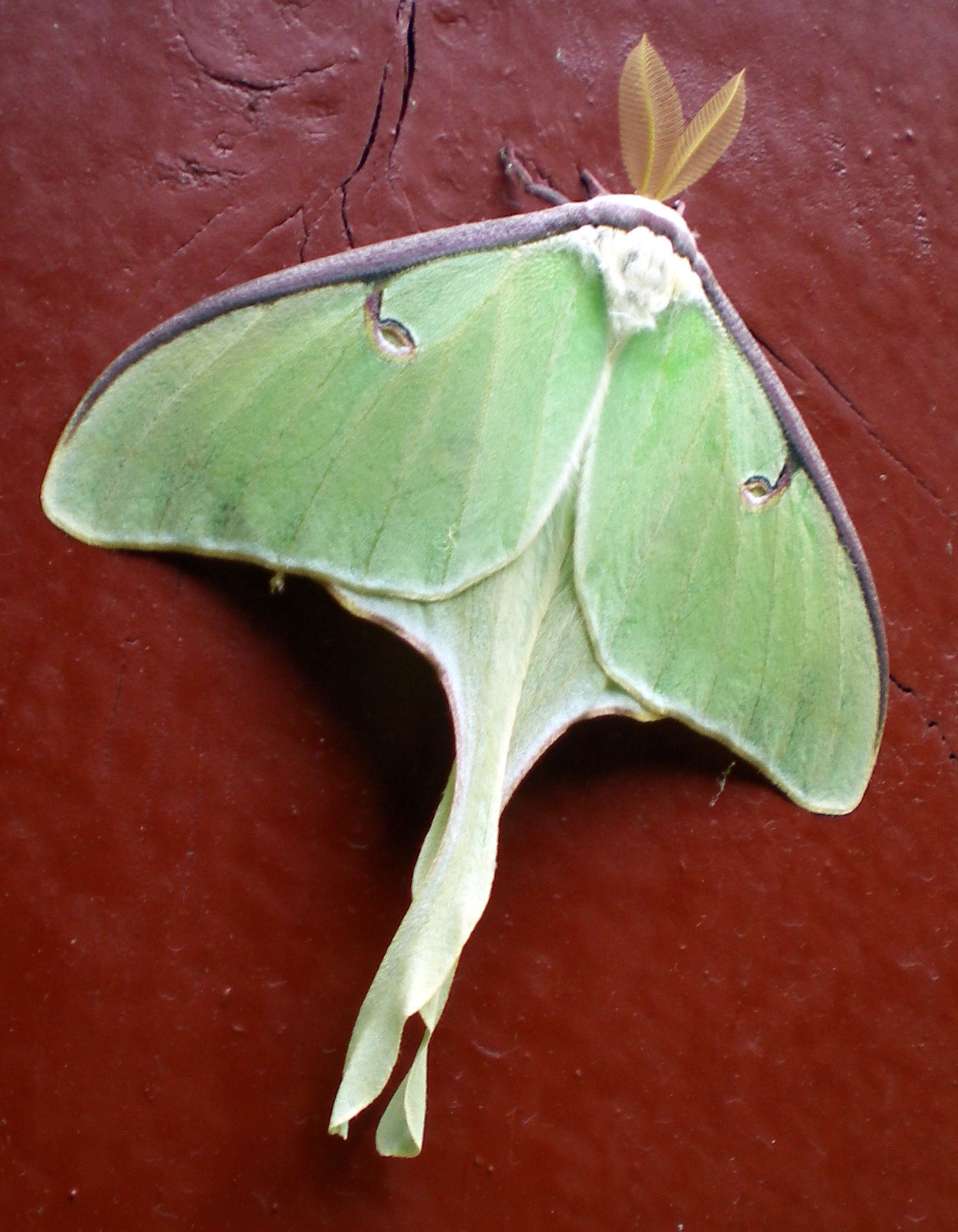
Target Species Information Project Silkmoth
Cecropia moth vs luna moth
Cecropia moth vs luna moth-Moths such as the cecropia and luna (see pages 36 and 38) The larger, more ornate species have inspired many an artist, and dazzled scores of people who stumbled into one in the wild Biologically, moths rank high among our most important groups of organisms Adult moths serve as food for many predators, perhaps most notably bats,Giant Silk Moths, which include Luna, Polyphemus, Promethea, and Cecropia emerge without mouthparts and cannot eat Cecropia Moths spend several months in the larval stage, most of their lives as a cocoon, and only a week or two as their beautiful winged adult selves Giant Silk Moths live only to reproduce
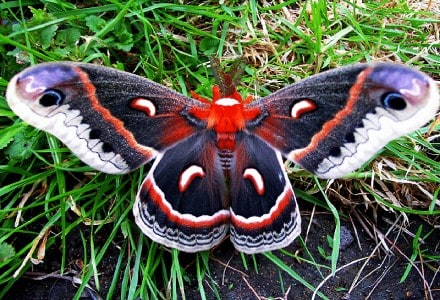



Cecropia Moth L Beautiful Moth Our Breathing Planet
They only live for a very short time (if it's a luna, it'll have roughly 10 days from hatching to find a â ¦ or Best Offer Butterfly Metamorphosis Kit 4 Monarch Butterflies, Butterfly Metamorphosis Kit Common Buckeye Butterfly, Common Buckeye Butterfly Caterpillars or Chrysalises, Butterfly Metamorphosis Kit Painted Lady, Frog Fruit, Turkey Tangle Lippia nodiflora Native ButterflyCecropia is a member of the Saturniidae family which includes about 1,500 types of giant moths Adult females choose from a variety of suitable host tree species to lay their eggs, including ash Many of these moths are in the giant silk moth family Saturniidae and we have four particularly large and noticeable species in our region, the Luna, Polyphemus, Promethea and Cecropia I interviewed Sam Jaffe, director of The Caterpillar Lab in Marlborough, NH about these amazing creatures While the Lab is currently closed, Sam's website
Love Photography Cecropia Moth Rainbow Connection Nature Animals Pet Birds Green Moth Tattoo Design Luna Moth Caterpillar MSN Weather Get the very latest weather forecast, including hourbyhour views, the 10day outlook, temperature, humidity, precipitation for your areaI find moths to be downright interesting creatures For instance, the beautiful and large adults of the Giant Silk Moth family have captivating life histories These moths, such as the Luna, Tuliptree, Cecropia, or Polyphemus, live for only a week or two — just long enough to attract or search out mates and for females to lay eggsMoths of this family have a medium to large body size with a wide wingspan The cecropia moth, Hyalophora cecropia (Linnaeus), is the largest North American species of Saturniidae and has a wingspan up to six inches (15 cm) The adults in this family have mouthparts that are either very reduced or absent
Some species, such as the common Illinois moths cecropia and luna, do not feed as adults The cylindrical larva, or caterpillar, is softbodied It has a hardened head with chewing mouthparts (mandibles), welldeveloped maxillary palpi for food handling, and spinnerets for releasing silkCecropia, luna and polyphemus moths Moth cocoons Observe the emergence of these majestic moths! The only other evidence of these amazing moths for that season was a cecropia caterpillar found that had been run over by a car crossing the road Luna moth attracted to my moth light () Things took an upswing in




Luna Moth Tumblr Moth Luna Moth Cute Moth
/GettyImages-520641586-589cb0fb3df78c4758190556.jpg)



Characteristics Of Giant Silkworm Moths And Royal Moths
Check out our luna cecropia moth selection for the very best in unique or custom, handmade pieces from our shopsI find moths to be downright interesting creatures For instance, the beautiful and large adults of the Giant Silk Moth family have captivating life histories These moths, such as the Luna, Tuliptree, Cecropia, or Polyphemus, live for only a week or two — just long enough to attract or search out mates and for females to lay eggsHyalophora cecropia moths are univoltine, having only one generation per year Adults Upon reaching adulthood, their size is variable They are usually quite large, with a wingspan of about 5 to 7 inches (130 to 180 mm) The cecropia moth's wings
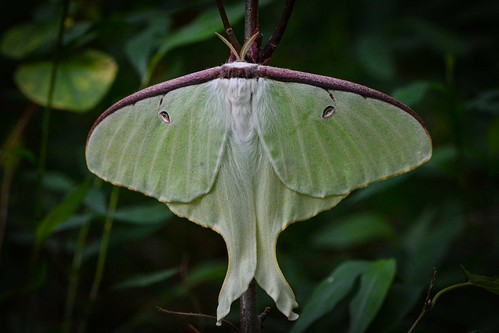



Supporting Royal Silkworm Moths In Maryland




Cecropia Love Amongst The Lilacs Beauty On The Wing
Most moths, even those in her subfamily, Saturniinae, emerge at night That subfamily consists of 17 species in North America, five of which—polyphemus, luna, cecropia, tuliptree, and promethea—live in the woodlands and backyards of Pennsylvania All of them are large, colorful, and attractively patternedBut this year I added the Promethea to get the GRAND SLAM! Normal Biology The Luna Moth A Photo Essay One of my goals for this past summer was to find as many moths in the family Saturniidae as I could The saturniids are the moths that give moths great publicity they're huge, they're colorful, and they make their presence known In fact, this family includes North America's largest native moth



A Guide To Giant Silk Moths




12 Pictures That Will Change The Way You Look At Moths
Other Common Name Robin Moth Family Saturniidae (giant silkworm and royal moths) Description Adult cecropia moths are butterflylike but have stout, hairy bodies and feathery antennae The body is red with a white "collar" and white bands on the abdomen Posts about Luna Moth written by Sparky Stensaas Last year I got the "Trifecta of Mega Moths" Cecropia, Polyphemus and Luna;Browse 180 cecropia moth stock photos and images available, or search for cecropia moth caterpillar or cocoon to find more great stock photos and pictures Robin silkmoth or Cecropia moth , Saturniidae Artwork by Brin Edward Cecropia Moth with cocoon, Lepidoptera
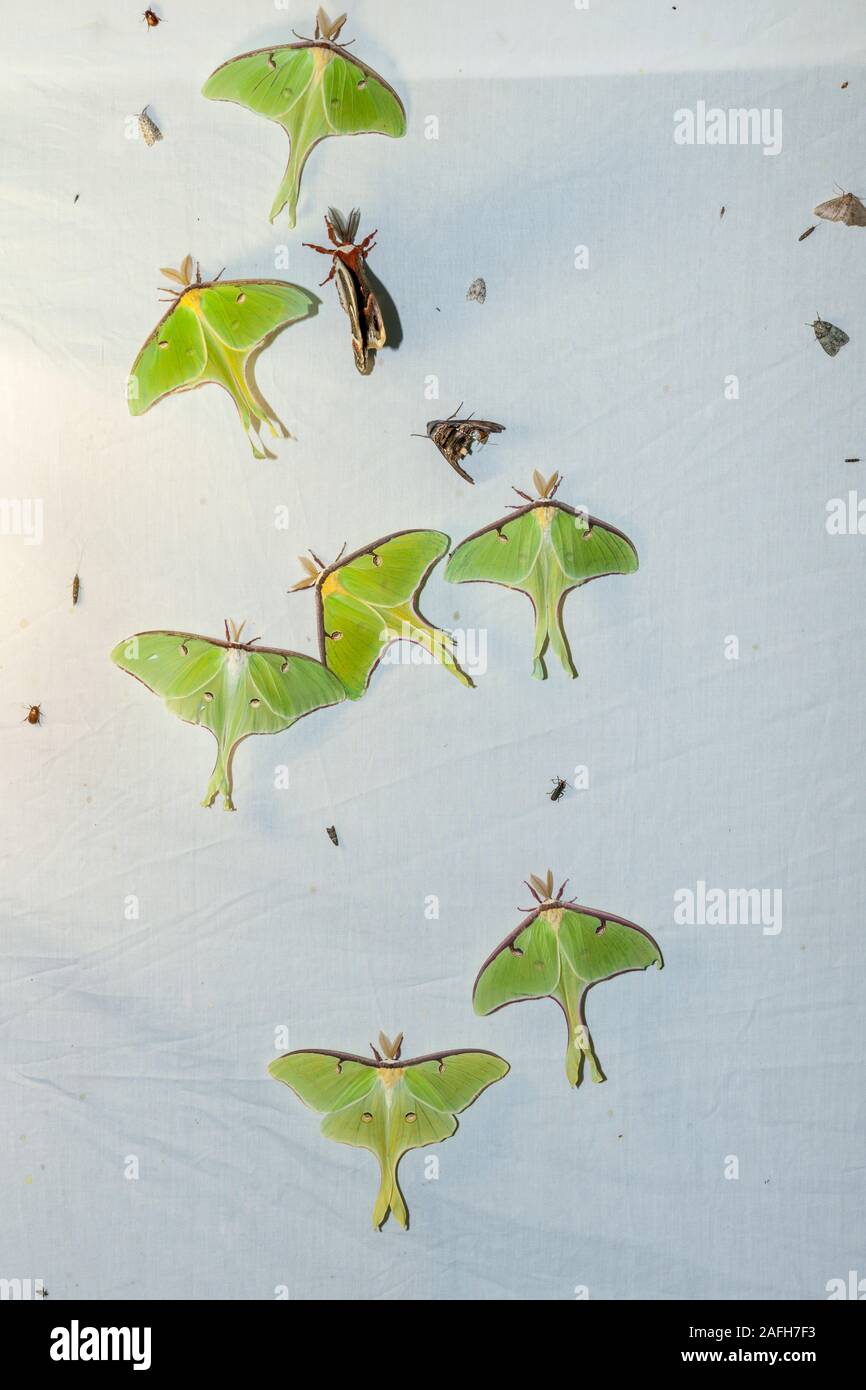



Large Number Of Luna Moths On Sheet During A Spring Mercury Vapor Night Lighting Session Near Congaree River South Carolina Also Note The Cecropia M Stock Photo Alamy



Cute
Other common silkworm (Saturniidae) species include cecropia moth, Hyalophora cecropia (Linnaeus), has mature (4 inches long) green larvae adorned with blue and yellow spined knoblike stuctures (tubericles) on each body segment, with red tubercles on The Cecropia Moth (pronounced "saycrowpeeah"), Hyalophora cecropia, is a member of the moth family Saturniidae, also known as the giant silk mothsI was absolutely ecstatic that I had found this species, a lifer for me, only two weeks after finding yet another giant silk moth lifer, the Luna Moth Interestingly, both the Cecropia Moth and the Luna Moths were foundAll were photographed between my house and garage My technique is simpleLeave the garage light on all night then go out in the morning and try (emphasize the




Luna Moth Head With Antennae Stock Image F023 18 Science Photo Library




Nature Moths Molly Burgess Designs
This beautiful moth is the Imperial Moth, Eacles imperialisThis species, the Cecropia Moth, and the Luna Moth all belong to the family Saturniidae;Hyalophora cecropia pair mating on cocoon female emerged from Male moths emerge with large feathery antennae that allow them to detect female pheromones up to a mile away Males cover long distances flying in a zigzag pattern until pheromone particles have been detected Females begin "calling" around 0am and continue till dawnHowever, the Cecropia and Luna belong to the subfamily Saturniinae, better known as the Giant Silk Moths The Imperial Moth, on the other hand, belongs to the subfamily Ceratocampinae, better known as the Royal Moths




John Wolfe I Have Decided To Break A 2 Day Silence To Present My Top 4 Moths Atlas Moth Luna Moth Comet Moth Cecropia Moth Stay Tuned For My Favorite Crickets



1
The Cecropia caterpillar I found last summer finally came out ) So gorgeous!Our Etsy Store https//wwwetsycom/shop/TeaToucan?ref=shop_suggGaming Channel http//youtubecom/WeaselZoneTwitter http//twittercom/weaselzoneFacebo Luna moth caterpillars are herbivores that graze on the vegetation of trees All stages provide food for predators The tails on the hindwings of luna moths apparently disrupt the sonar that hunting bats use to locate the moths The caterpillars of luna moths can make clicking noises and vomit to deter predators
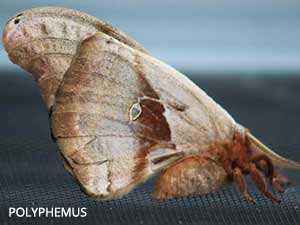



Raise Saturniid Moths



Luna Moth
Take a look at Cecropia moth & Luna moth caterpillars!Also very sorry there will not really be a part twoCecropia Moth caterpillar food plants include the foliage of maple, birch, ash, apple, cherry, and lilac If both male and female are present, they will mate almost immediately, within the first day or two, and the female will begin depositing eggs soon after She releases the eggs on nearly every surface within the enclosure, dozens and dozens




Luna Moth And Cecropia Moth By Crin Fredrickson Audubon Flickr
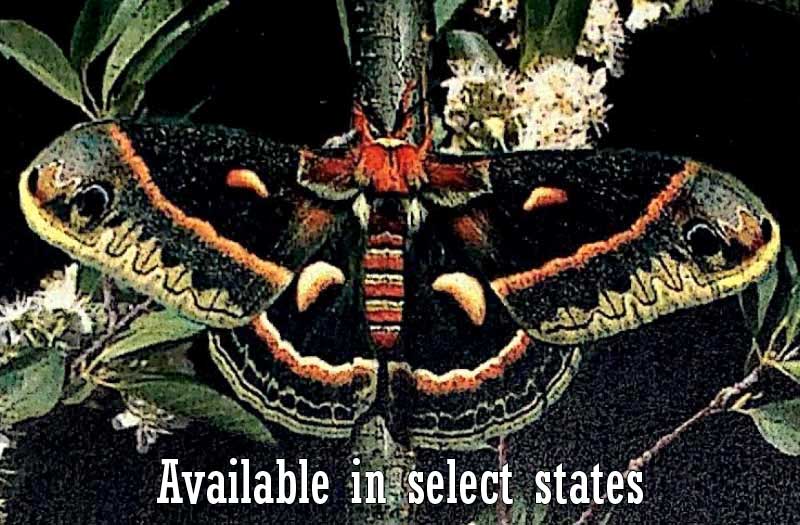



Cecropia Moth Cocoon
Lucy Golden has seen luna moths enter the world hundreds of times, along with their giant silk moth cousins polyphemus, promethea, and cecropia Golden has been raising silk moths for six years from her small house on a 350acre farm in Franconia, New HampshireBrowse 179 cecropia moth stock photos and images available, or search for cecropia moth caterpillar or cocoon to find more great stock photos and pictures Robin silkmoth or Cecropia moth , Saturniidae Artwork by Brin Edward Cecropia Moth, Hyalophora cecropiaMoth cocoons must be kept in a refrigerator all winter long in order to simulate the outside conditions they should be in Install them in your flight cage to allow them to emerge at the same time as their conspecifics in nnature




Luna Moth Missouri Department Of Conservation




Cecropia Moth Debra Styer Illustration
These include the Cecropia Moth (commonly called Robin Moth), Luna Moth, and Polyphemus Moth Where formerly abundant, these most beautiful members of the native Giant Silkworm Moth group of Lepidoptera are at extreme risk of becoming extirpated (extinct from a region) As the Luna Moth is more ethereal and ghostly and seemingly linked to the spiritual world, the Cecropia Moth is more earthy wearing a rich colorful tapestrylike robe The body of the Cecropia is painted in terra cotta colors with a white background In the Saturniidae family, H cecropia is in good company with the Luna, Promethea and Polyphemus moths They also display an excellent example of how to tell a moth from a butterfly – fancy, feathery antennae – what the Xerces Society describes as "the most flamboyant in the pollinator world" Cecropia Silk Moths are a bit mythological




Cecropia Moth The Largest Of The Giant Nh Fish And Game Facebook




Moonlight Navigators Shining A Light On Moths Somerset County 4 H
The Cecropia Silkmoth (Hyalophora cecropia) is a large moth which may be seen in the Adirondack Mountains in upstate New York from late May through JulyIt is also called the Robin Moth With a wing span of 1115 centimeters (4 5/16 5 7/8 inches), this is the second largest moth in North America The body of the Cecropia Silkmoth is red with a white collar and a series ofCecropia Moth We can been seen from Spring to late Summer We need host plants such as Lilac Shrub, Black Cherry Tree, Apple Trees to mention a few Adult Cecropia Moths do not eat We have a lifespan of 60 days total We fly at night and are attracted to lightExplore Gaebriela Bond's board "Cecropia moths" on See more ideas about cecropia moth, moth, beautiful butterflies




Moths Of The World Carry All Pouch For Sale By Roger Hall
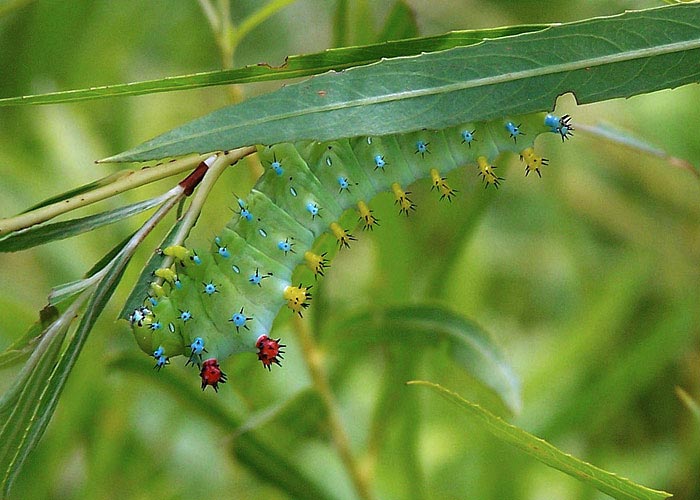



Giant Silk Moths Family Saturnidae Field Station
Luna Moth This is the first Luna moth I've ever seen in person Sorry for the bad image quality I noticed the moth outside of my kitchen window, and I wanted to take a photo Be the first to share what you think!These include the Cecropia Moth (commonly called Robin Moth), Luna Moth, and Polyphemus Moth Where formerly abundant, these most beautiful members of the native Giant Silkworm Moth group of Lepidoptera are at extreme risk of becoming extirpated (extinct from a region)



A Guide To Giant Silk Moths




Luna Moth What S That Bug




Moths Of Long Island Quogue Wildlife Refuge




Saturniid Moths Entomology




Luna Cecropia And Polyphemus Moth Cocoons




Moonlight Navigators Shining A Light On Moths Somerset County 4 H




Illinois Natural History Survey Luna Moth




Cecropia Moth National Wildlife Federation




Raising Giant Silkmoths Cecropia Polyphemus Promethea Luna Prairie Haven




Butterflies Are Great But Don T Sleep On The Pleasures Of Moth Watching The Seattle Times
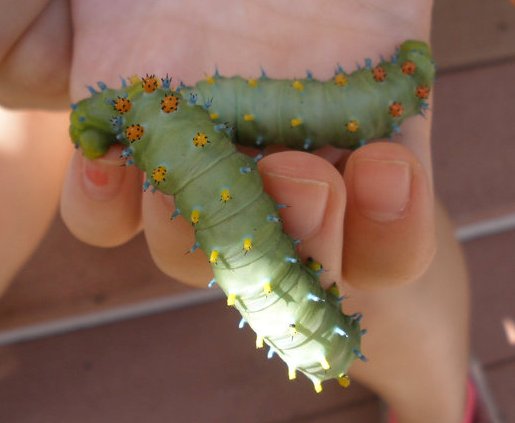



The Secret Life Of A Giant Silk Moth Mass Audubon Your Great Outdoors




Luna Moth Cecropia Moth Polyphemus Moth Io Moth Riverside Native Trees




Life Cycle Of The Cecropia Moth Beauty On The Wing




11 Wildly Colored Moths To Brighten Your Day




Target Species Information Project Silkmoth




Shedding Light On Moths Longwood Gardens




Cecropia Moth L Beautiful Moth Our Breathing Planet




Luna Moth Characteristics Size Photographs Life Span




Luna Moth Missouri Department Of Conservation
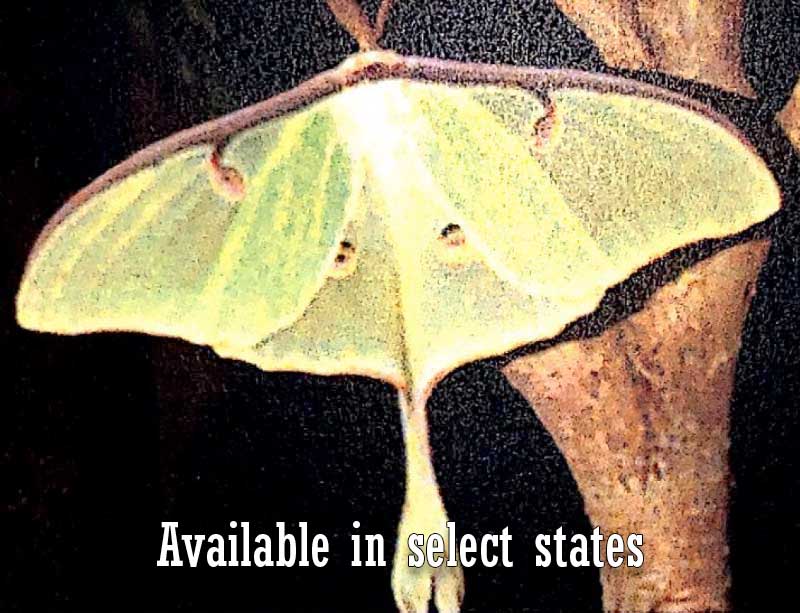



Luna Moth Cocoon




Cecropia Moth Missouri Department Of Conservation




On The Subject Of Nature Cecropia Moth




How To Attract Giant Silk Moths Salt Creek Butterfly Farm



Cecropia Moth Caterpillar Fishers Island Conservancy




Luna Moth Kim Smith Films
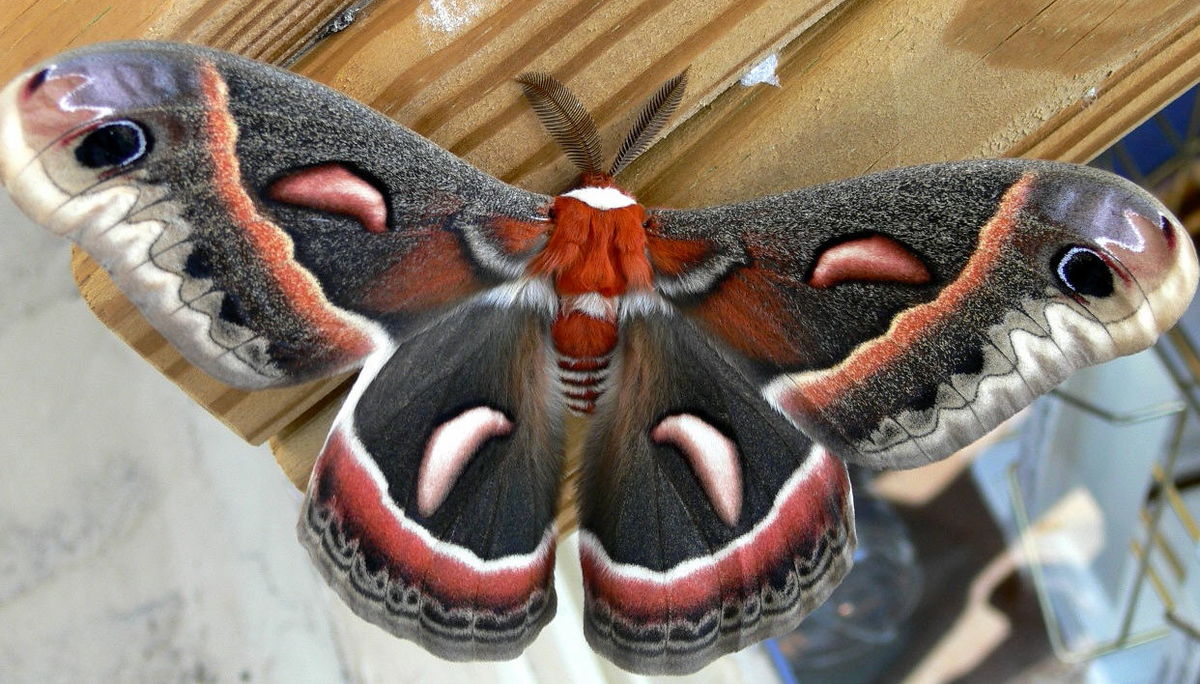



Value Of Moths Backyardsfornature Org




Magnificent Moths Peggy Notebaert Nature Museum




Cecropia Moth And Luna Moth Above The Knees By Kyle Patrick At Seventh Sin Tattoo In Charlotte Nc Tattoos



Northland Nature It S Luna Moth Time Duluth News Tribune
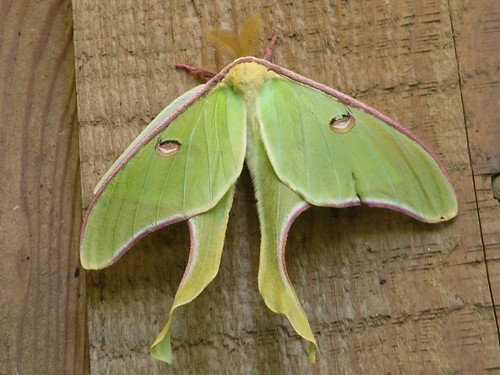



Moths Aflutter In Honor Of National Moth Week Usda




Cecropia Moth Facts Facts Just For Kids




Giant Luna Moth Photos Free Royalty Free Stock Photos From Dreamstime




Nature Moths Molly Burgess Designs




Luna Moth Cocoons Living Pack Of 3 Carolina Com




Luna Moth Cecropia Moth Polyphemus Moth Io Moth Riverside Native Trees




7758 Actias Luna Luna Moth L With 7767 Hyalophora Flickr




Iowa S Large Moths Horticulture And Home Pest News




Luna Moth Kim Smith Films




Moth Week Chattanooga Times Free Press
/GettyImages-85455257-59af5048519de20010e01544.jpg)



Habits And Traits Of Luna Moth Actias Luna




Cecropia Moth Largest Native Moth In North America




First Luna Moth Of The Year And Mating Cecropia Moths What S That Bug




Flight Of The Luna Moth The Outside Story
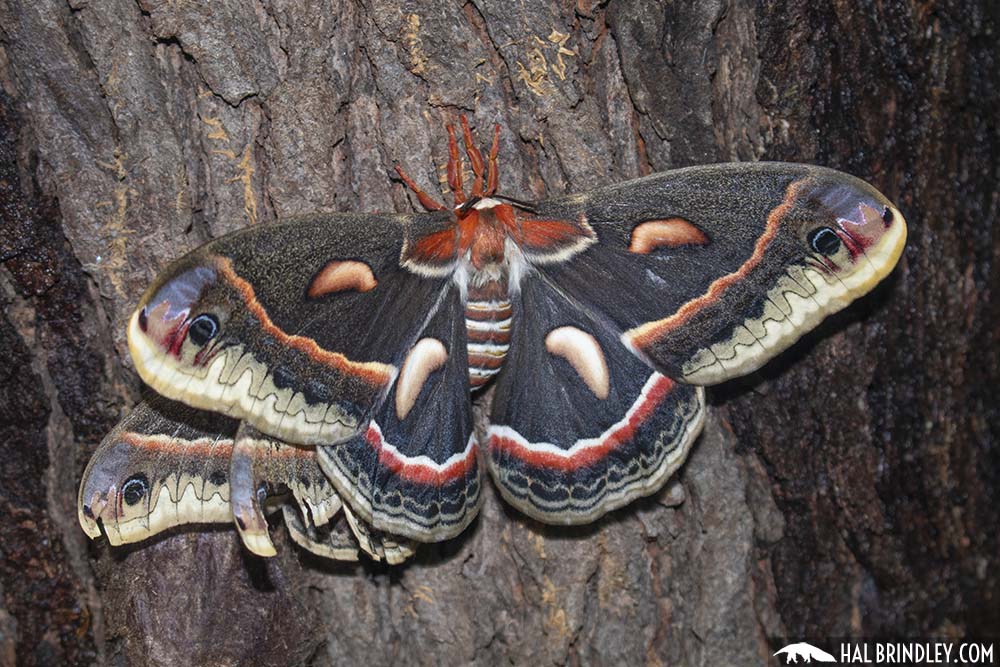



Cecropia Moth The Life Cycle Of The Largest Moth In North America Travel For Wildlife




Luna Moth Caterpillar Images Stock Photos Vectors Shutterstock




Naturewatch Mysterious Moths




Cecropia Moth Hyalophora Cecropia Linnaeus




A Light In The Dark Of Night Lures Exciting Moth Species
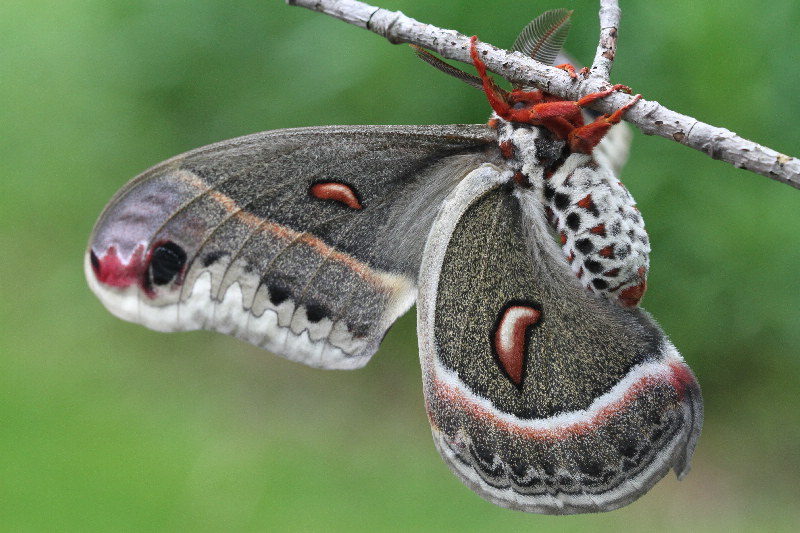



Cecropia Moth Life Cycle Hyalophora Cecropia




Forest Journal Mothing For Beginners Forest Journal Unionleader Com




Luna Moth Cecropia Moth Polyphemus Moth Io Moth Riverside Native Trees




Luna Moth My Beautiful World
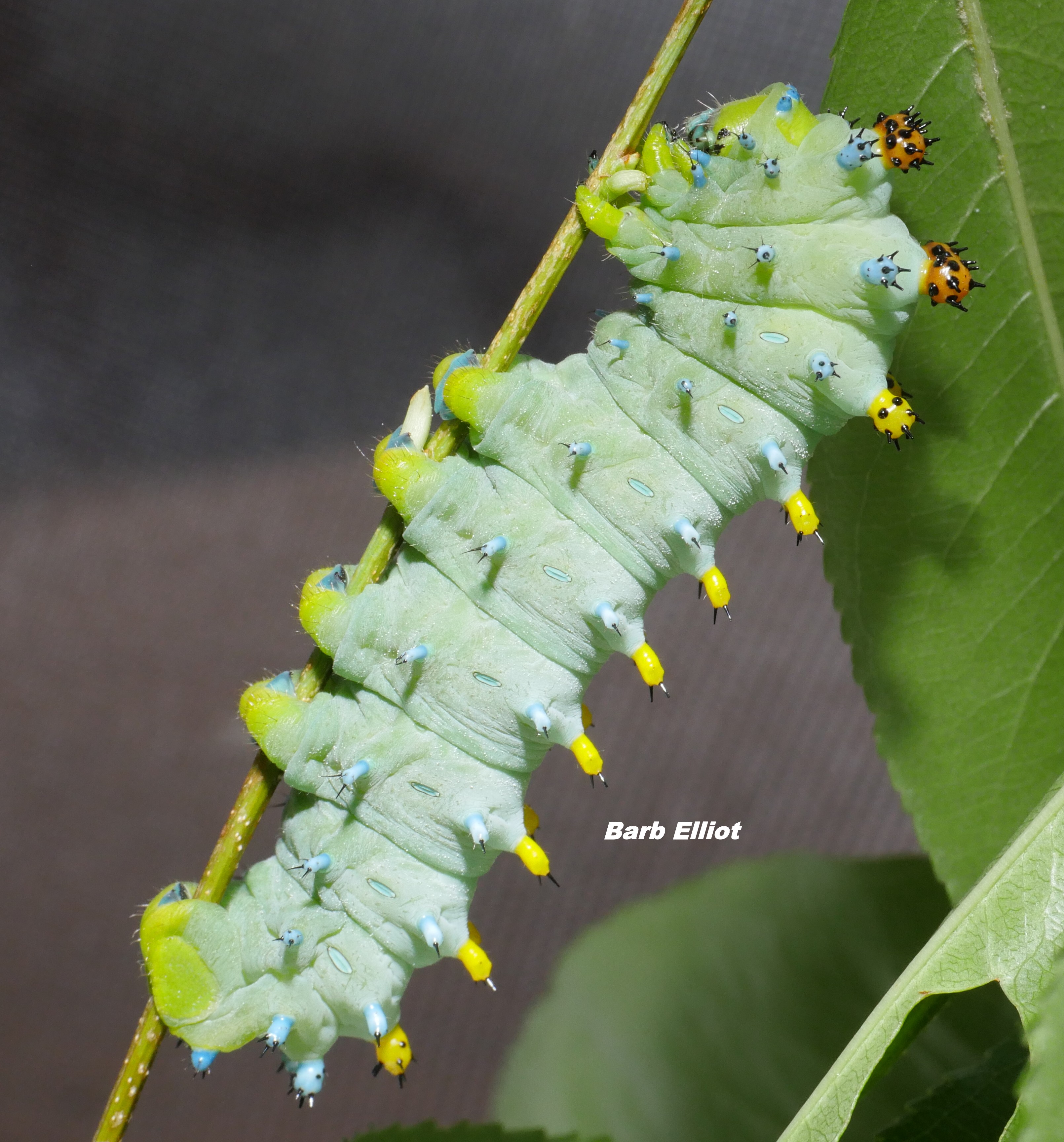



Cecropia Moth Backyardsfornature Org




Luna Moth Kim Smith Films
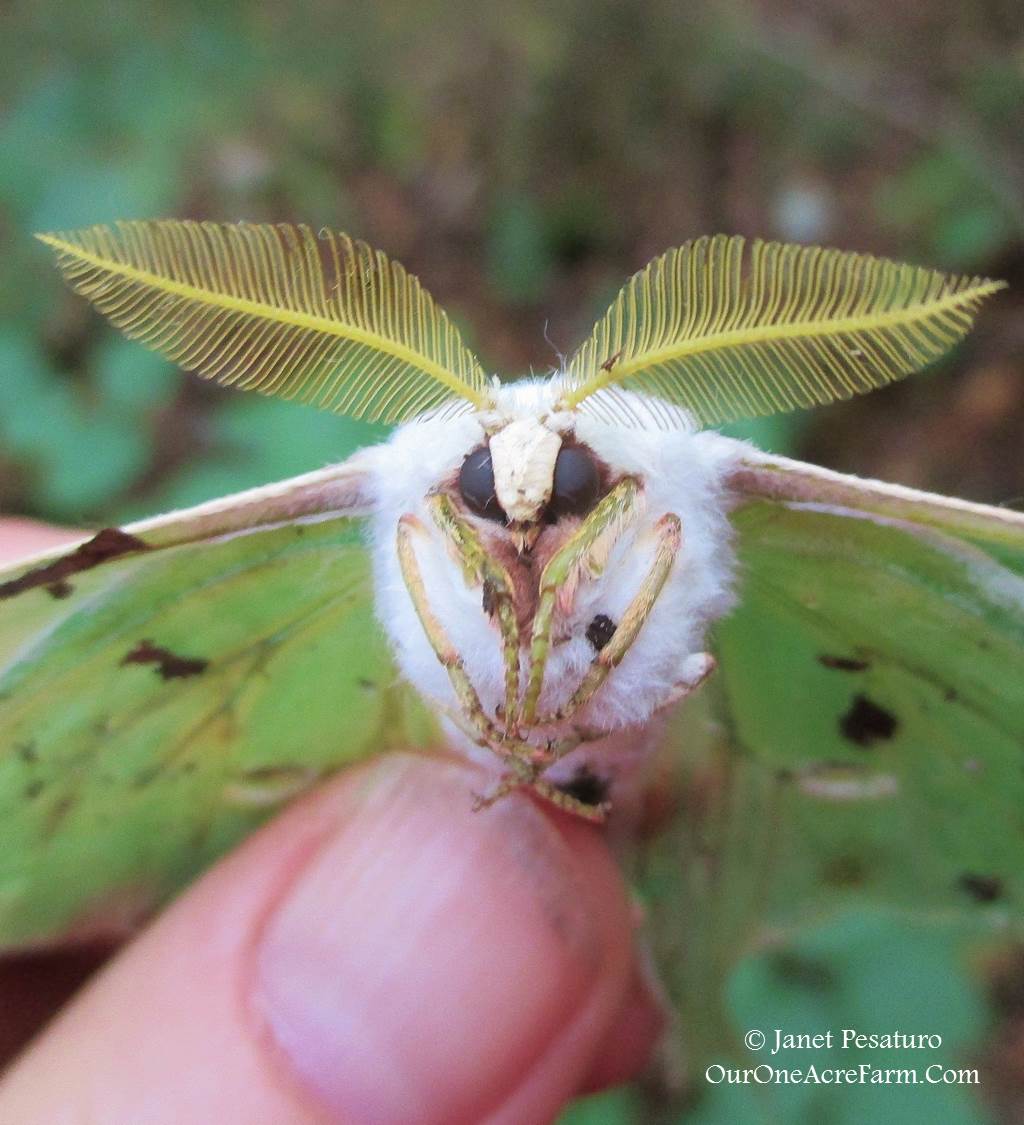



Giant Silk Moths And Their Decline




Not All Pennsylvania Moths Are Drab Tan And Gray Take A Look Pennlive Com




A Season Of Silk Moths Continues With Cecropia Moth Hyalophora Cecropia Bug Of The Week




Moths Of Acadia U S National Park Service




Raising Giant Silkmoths Cecropia Polyphemus Promethea Luna Prairie Haven




Cecropia Moth The Life Cycle Of The Largest Moth In North America Our Wild Yard



Green Horizons Newsletter Agebb




Larval Foodplants Of Saturniid Moths Of The Eastern United States Dave The Bug Guy
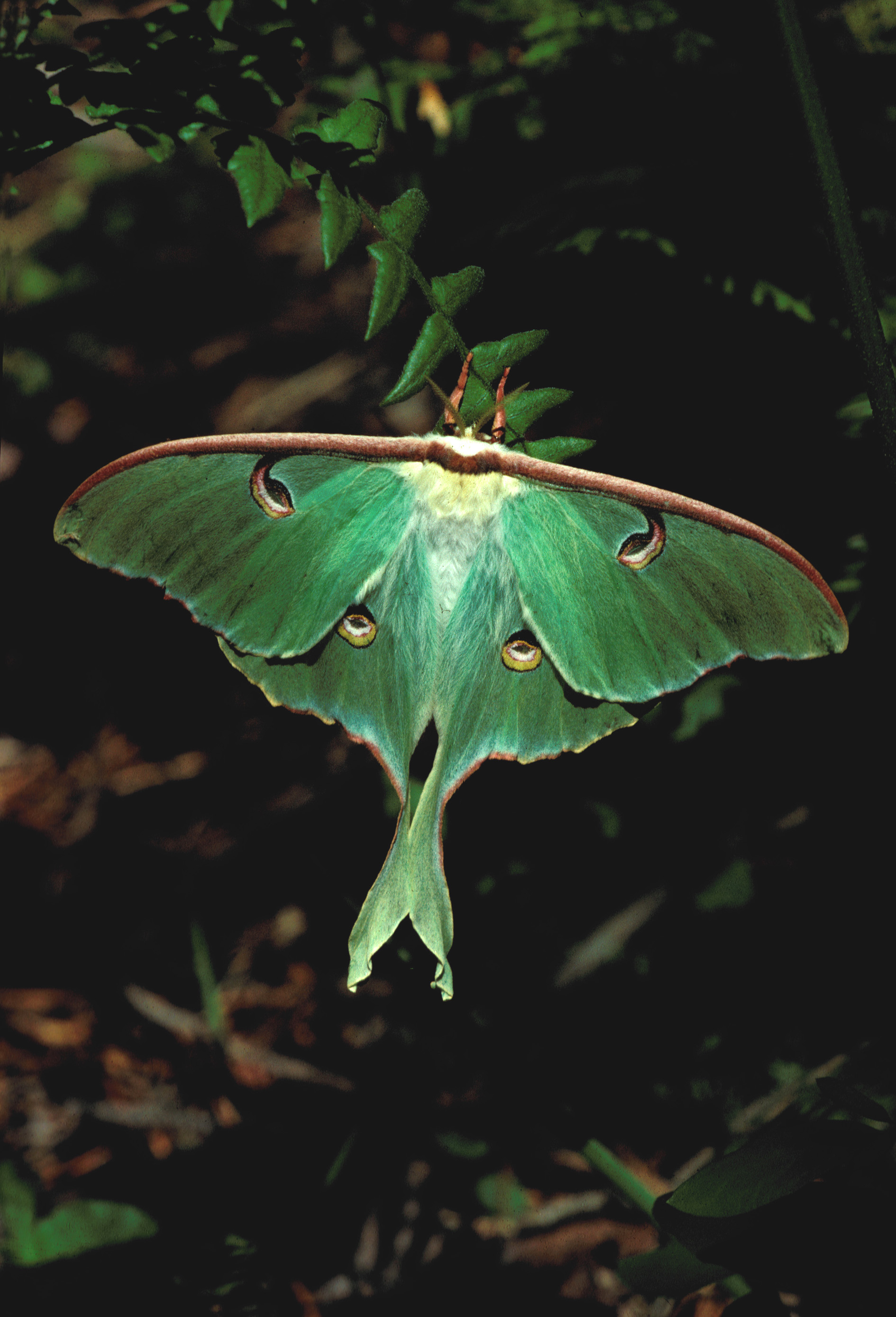



A Goddess Among Moths Orillia News
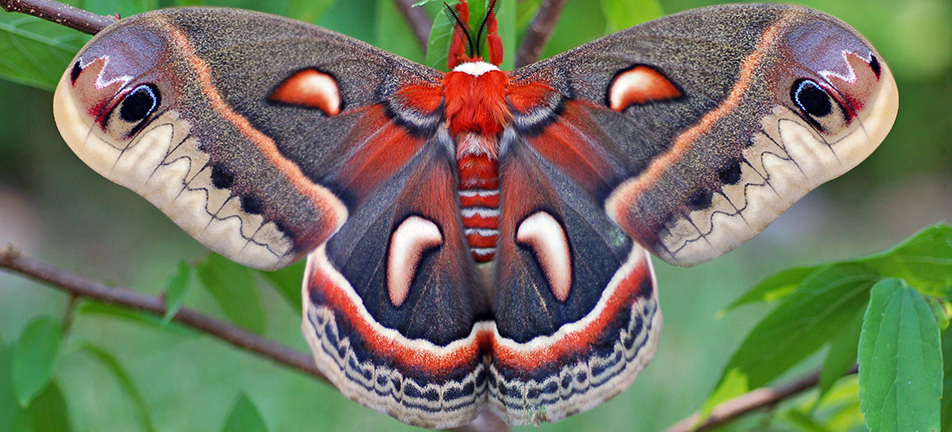



Butterfly And Moth Guide On Nature Magazine




Ceropia Moth South Carolina Public Radio




Cecropia Moth Sticker Etsy




Cute Moth Sticker Decals Lunar Moth Rosy Maple Moth Etsy



Silk



Purple




Moths Of Acadia U S National Park Service




Cecropia Moth Insect Britannica
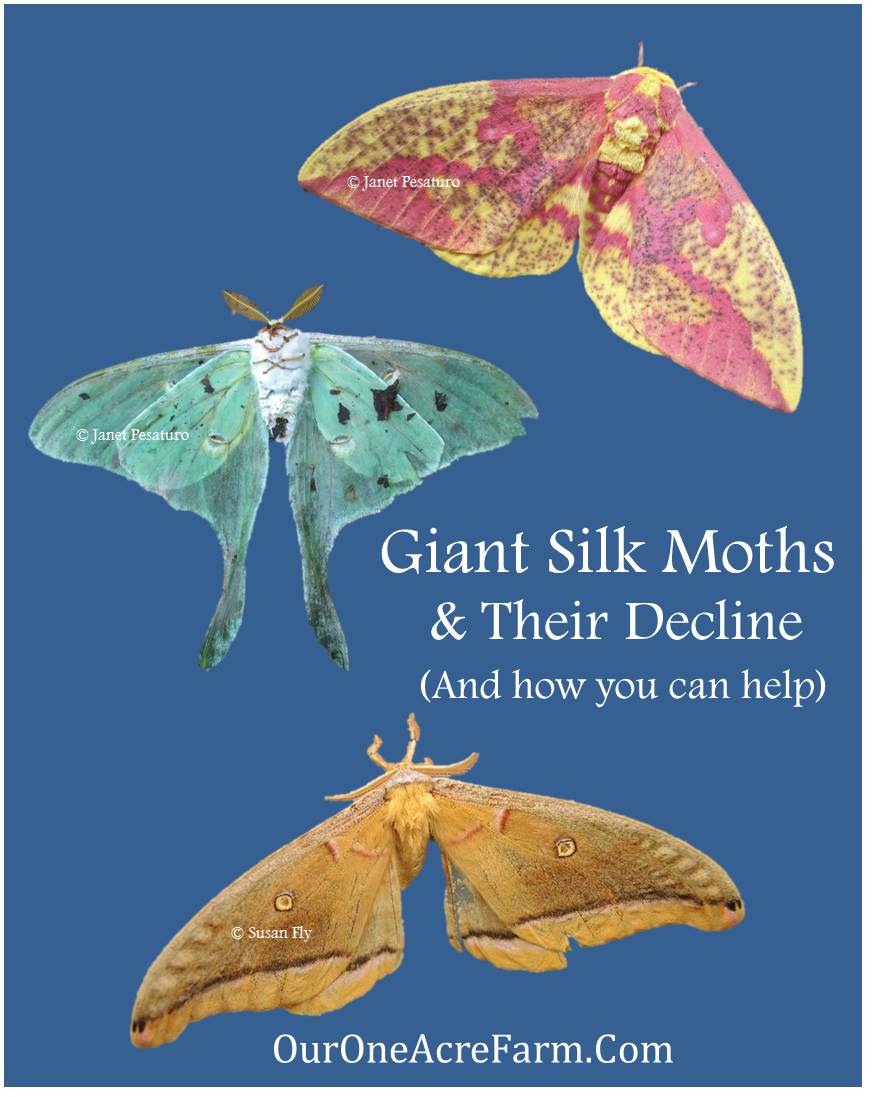



Giant Silk Moths And Their Decline



7 Moths That Make Butterflies Look Boring The National Wildlife Federation Blog The National Wildlife Federation Blog




Buck Moth Hemileuca Maia Drury



An Interview Nh S Giant Silk Moths Cheshire Country Conservation District




Bugs And Other Biological Goodies




Polyphemus Moth Space For Life




John Wolfe I Have Decided To Break A 2 Day Silence To Present My Top 4 Moths Atlas Moth Luna Moth Comet Moth Cecropia Moth Stay Tuned For My Favorite Crickets




Luna Moth Facts Facts Just For Kids




Cecropia Moth Hatching Youtube




Saturniid Moths Entomology




Luna Moth Wikipedia



0 件のコメント:
コメントを投稿